Choosing the right piping material is essential for an efficient and durable heating system. PEX-a Pipe and PERT pipe are two popular options for hot water circulation, underfloor heating, and radiator connections. Both offer excellent flexibility and resistance to high temperatures, but they have distinct differences that can affect performance, installation, and cost.
1. Material Properties and Performance
PEX-a Pipe: Made using the peroxide cross-linking method, PEX-a offers superior flexibility, high thermal memory, and excellent resistance to cracking. It is ideal for tight bends and complex layouts in underfloor heating systems.
PERT Pipe: Polyethylene of Raised Temperature Resistance (PERT) provides good heat resistance and flexibility, but slightly lower than PEX-a in terms of thermal memory and elasticity. It is suitable for standard heating installations and hot water supply.
2. Installation Considerations
PEX-a Pipe is compatible with compression, expansion, or crimp fittings, making it easier to work with in systems requiring multiple bends.
PERT Pipe works well with standard fittings but may require additional support in tight curves to avoid kinking.
When connecting to existing PVC pipelines, proper transition fittings such as PVC to PEX fittings or PEX to PVC fittings are required to ensure leak-proof joints and long-term system reliability.
3. Durability and Lifespan
PEX-a Pipe generally has a longer lifespan under continuous high-temperature operation, making it ideal for commercial heating projects or high-demand residential systems.
PERT Pipe offers solid durability but may be slightly less resistant to prolonged high-temperature stress compared to PEX-a.
4. Cost and Availability
PEX-a Pipe is usually more expensive due to advanced manufacturing and superior properties.
PERT Pipe provides a cost-effective solution for standard heating systems while maintaining good performance.
Fittings such as PVC to PEX fittings and PEX to PVC fittings may influence overall project cost, especially in retrofit projects connecting new piping to existing PVC networks.
5. Application Recommendations
Use PEX-a Pipe for underfloor heating, radiator loops with complex routing, or high-temperature hot water systems.
Use PERT Pipe for simpler heating circuits, residential hot water supply, or budget-conscious projects.
Always ensure proper transition fittings (PVC to PEX fittings, PEX to PVC fittings) when integrating with other pipe materials.
Both PEX-a Pipe and PERT pipe are excellent choices for modern heating systems, offering flexibility, high-temperature resistance, and long service life. Choosing the right material depends on your project’s complexity, temperature requirements, and budget. Combined with proper PVC to PEX fittings or PEX to PVC fittings, these pipes provide a reliable, efficient, and leak-free solution for residential and commercial heating systems.
FAQ
Q1: What is the difference between PEX-a Pipe and PERT pipe?
A: PEX-a Pipe is manufactured using the peroxide cross-linking method, offering superior flexibility, thermal memory, and crack resistance. PERT pipe also resists high temperatures and is flexible, but slightly less elastic and less resistant to long-term high-temperature stress.
Q2: Can PEX-a and PERT pipes be used for underfloor heating?
A: Yes. Both PEX-a Pipe and PERT pipe are widely used in underfloor heating systems. PEX-a is especially suitable for tight bends and complex layouts, while PERT works well for standard heating circuits.
Q3: How do I connect PEX or PERT pipes to existing PVC systems?
A: Use proper transition fittings such as PVC to PEX fittings or PEX to PVC fittings. These fittings ensure leak-proof and reliable connections between different pipe materials.
Q4: Are PEX-a and PERT pipes suitable for hot water circulation?
A: Absolutely. Both pipe types can handle hot water temperatures typical for residential and commercial heating systems. PEX-a is generally preferred for higher temperature or high-demand systems.
Q5: What types of fittings are needed for PEX-a and PERT pipes?
A: Common fittings include elbows, couplers, male and female adapters, and transition fittings like PVC to PEX fittings or PEX to PVC fittings, allowing secure installation in heating systems.
Q6: Which pipe is more cost-effective for heating systems, PEX-a or PERT?
A: PERT pipe is usually more cost-effective and suitable for standard installations, while PEX-a Pipe offers higher performance, flexibility, and durability but at a higher price.
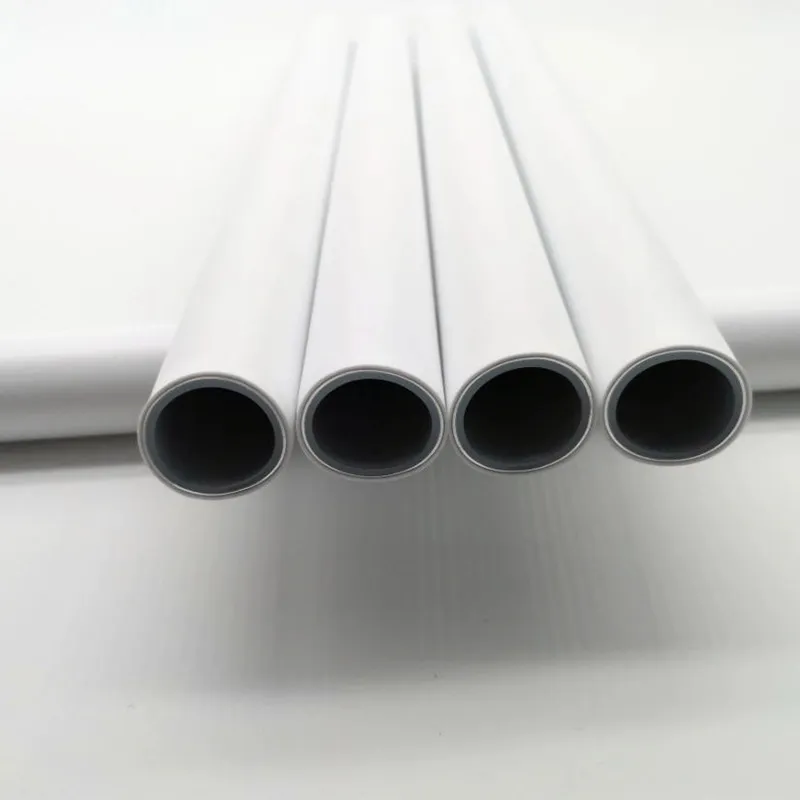
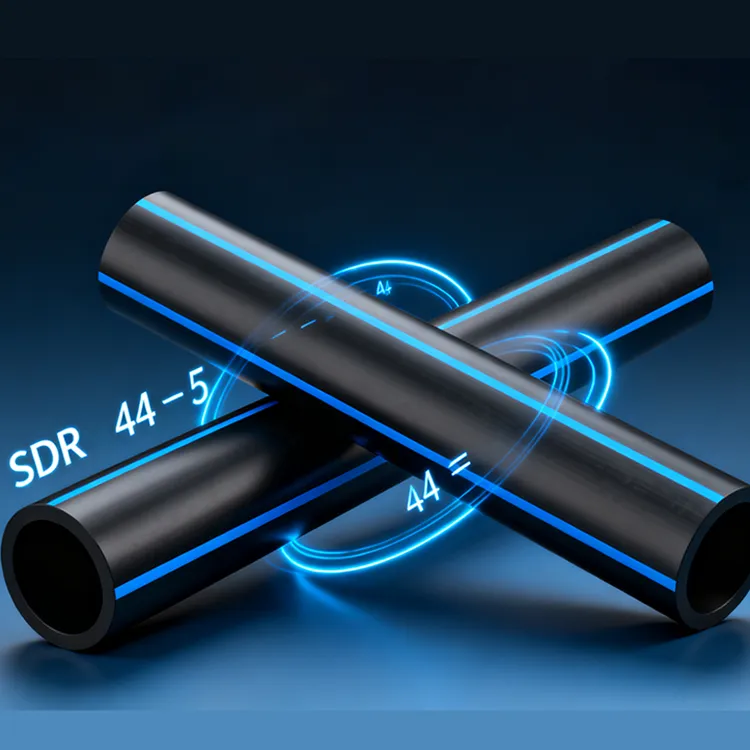
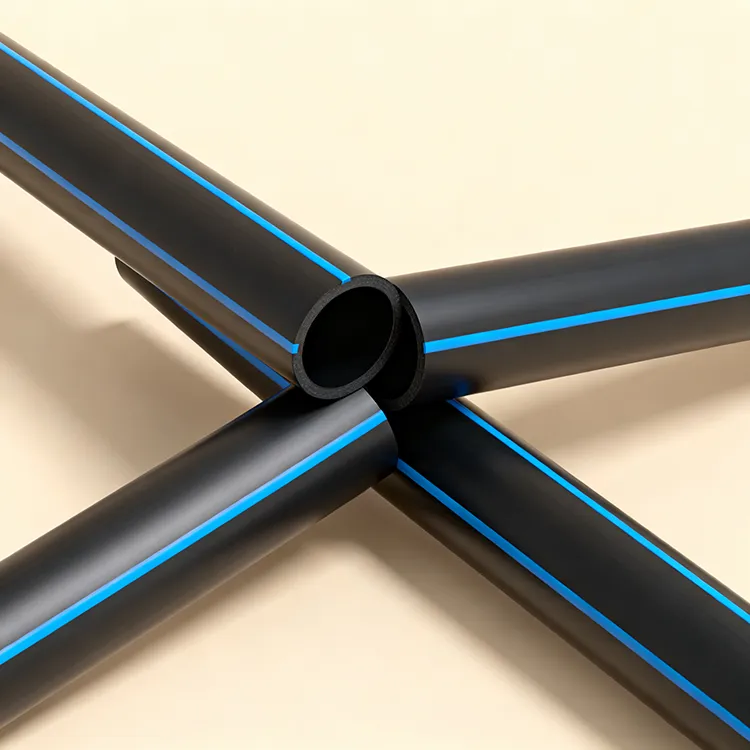
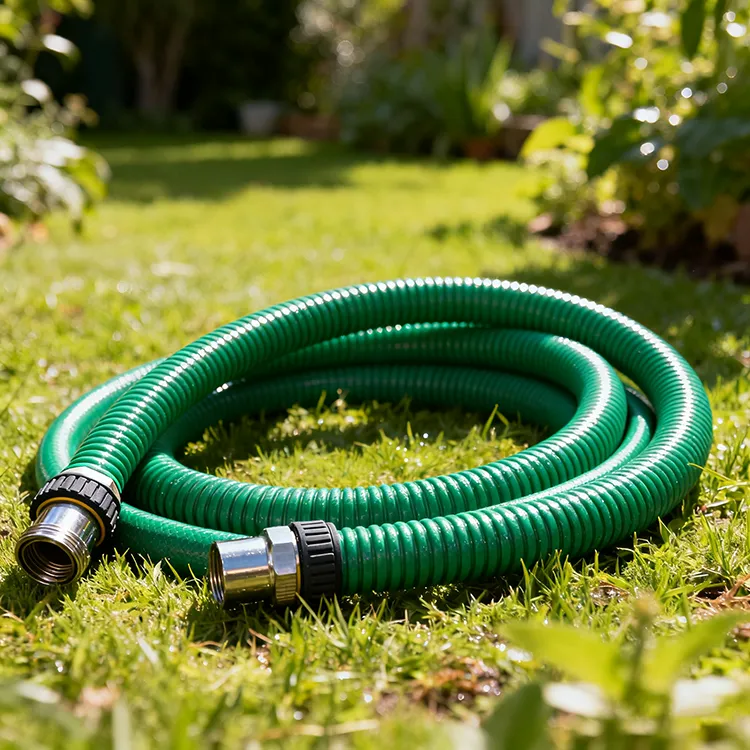
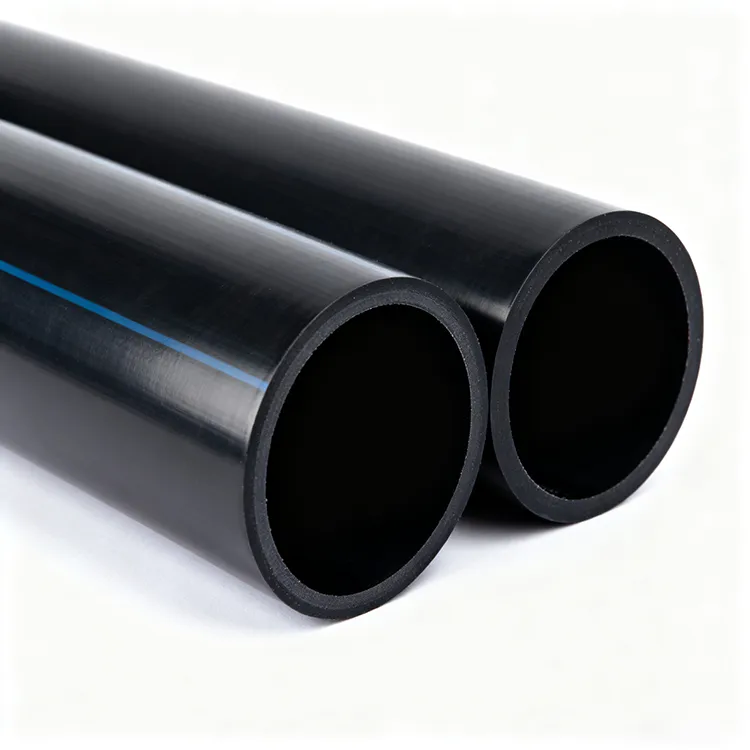
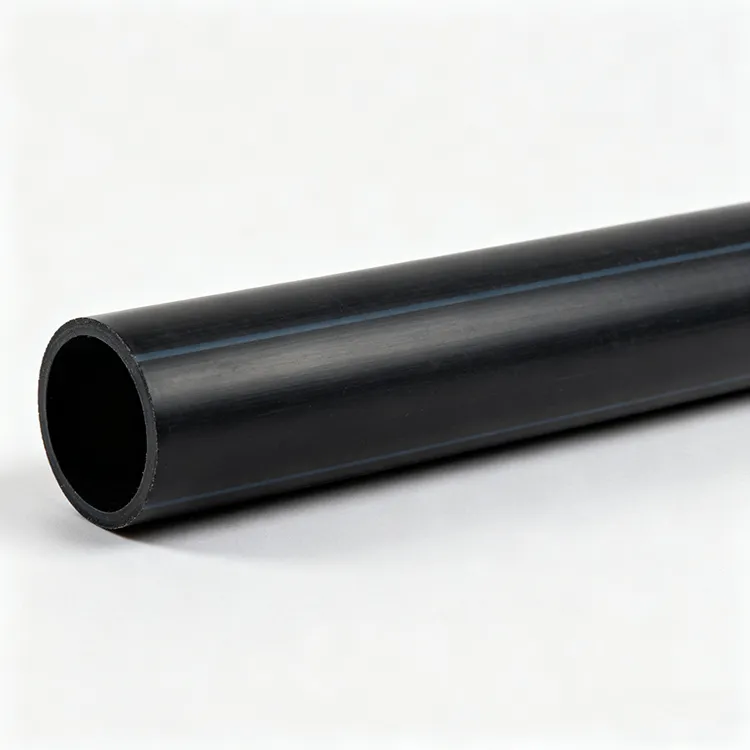
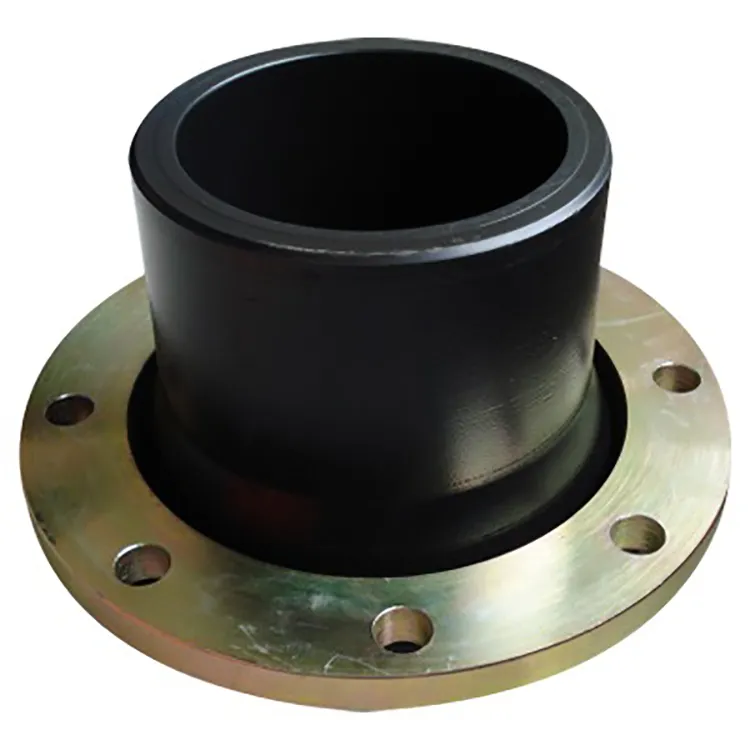
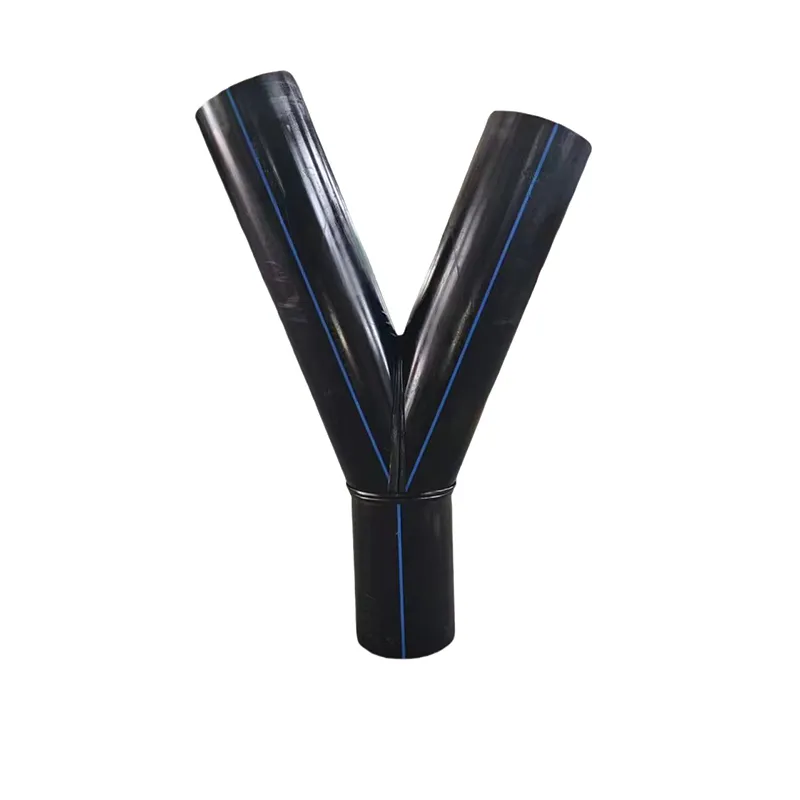
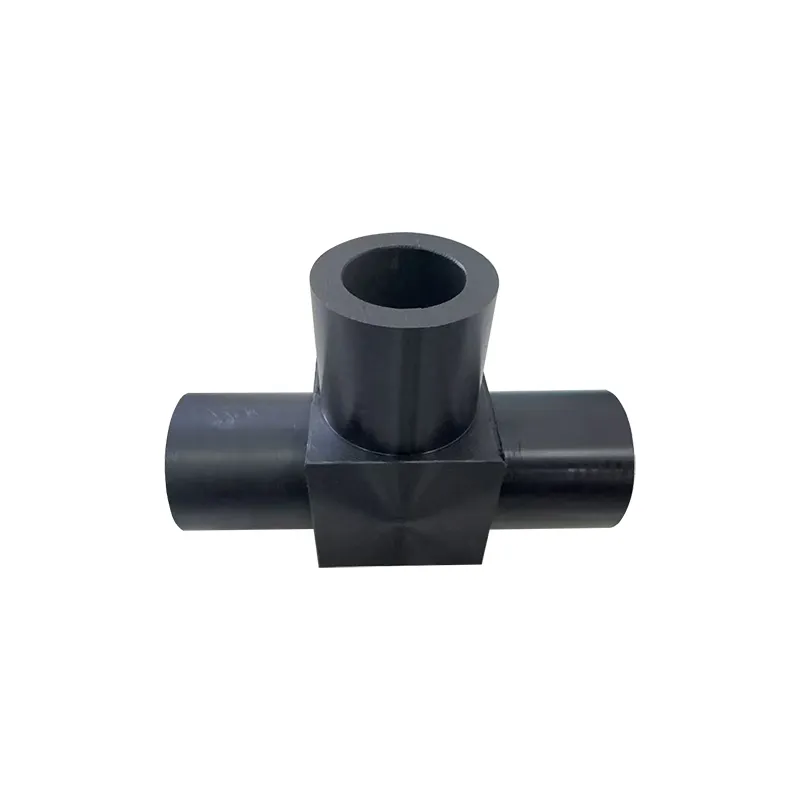
659.webp)
210.webp)
328.webp)
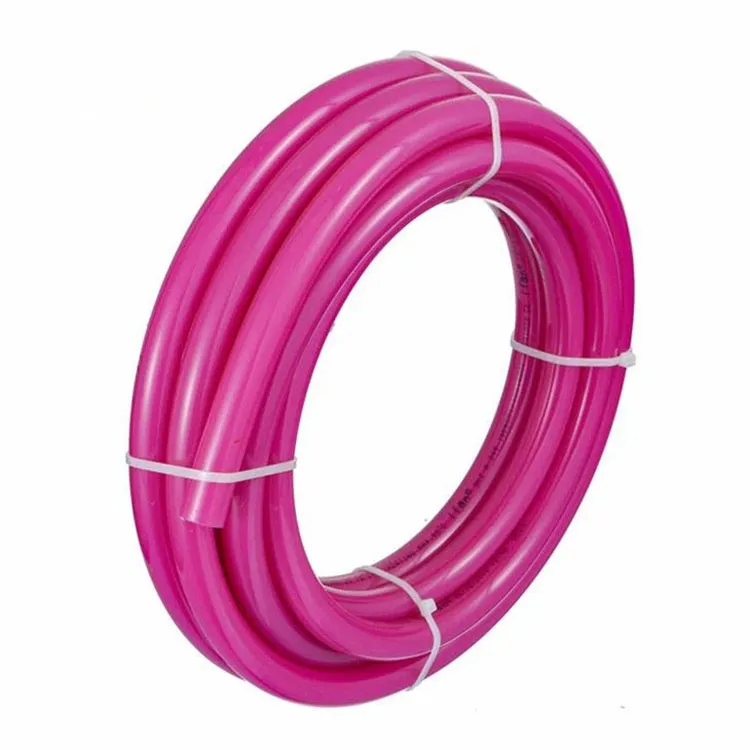
294.webp)
476.webp)


